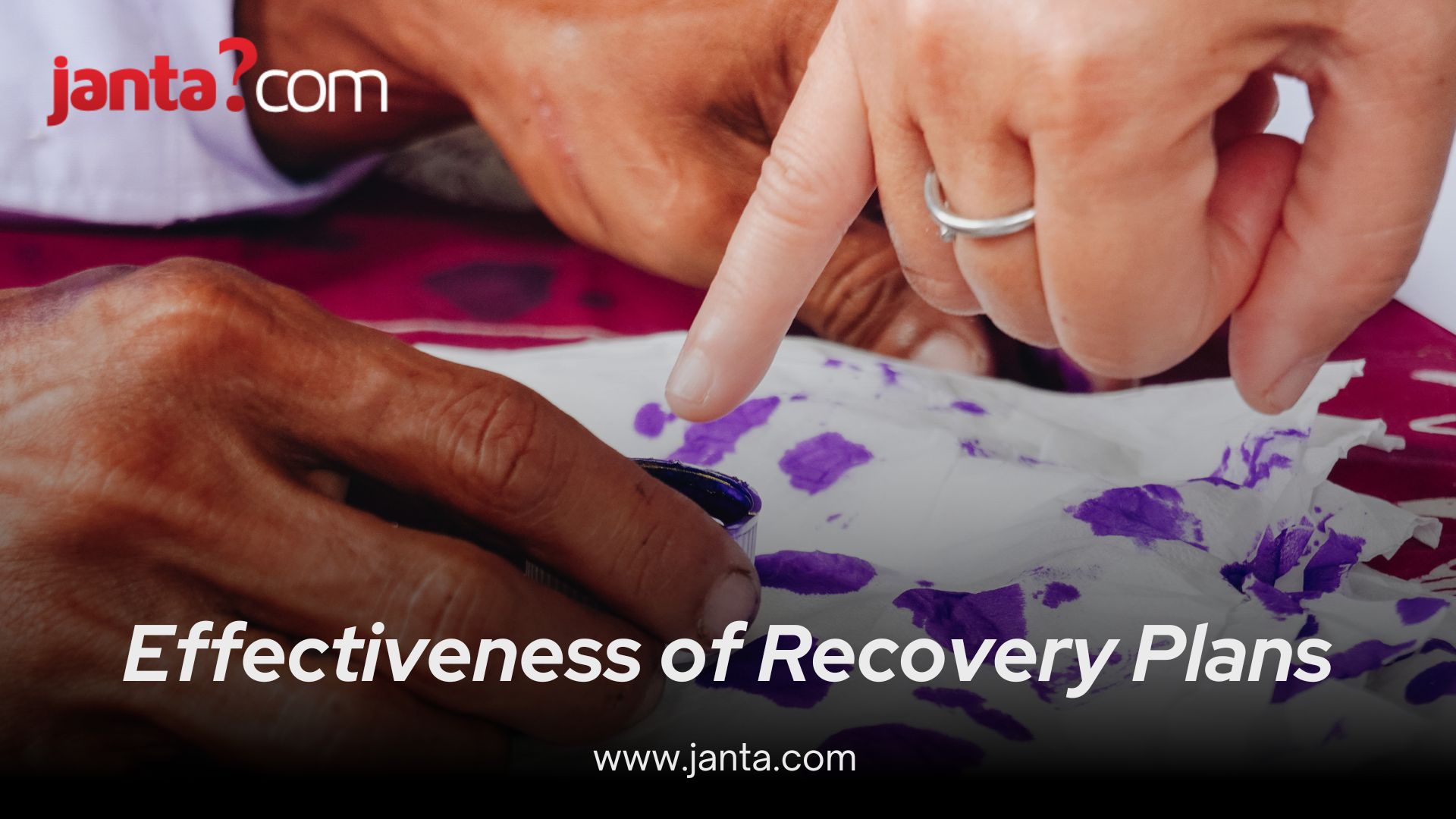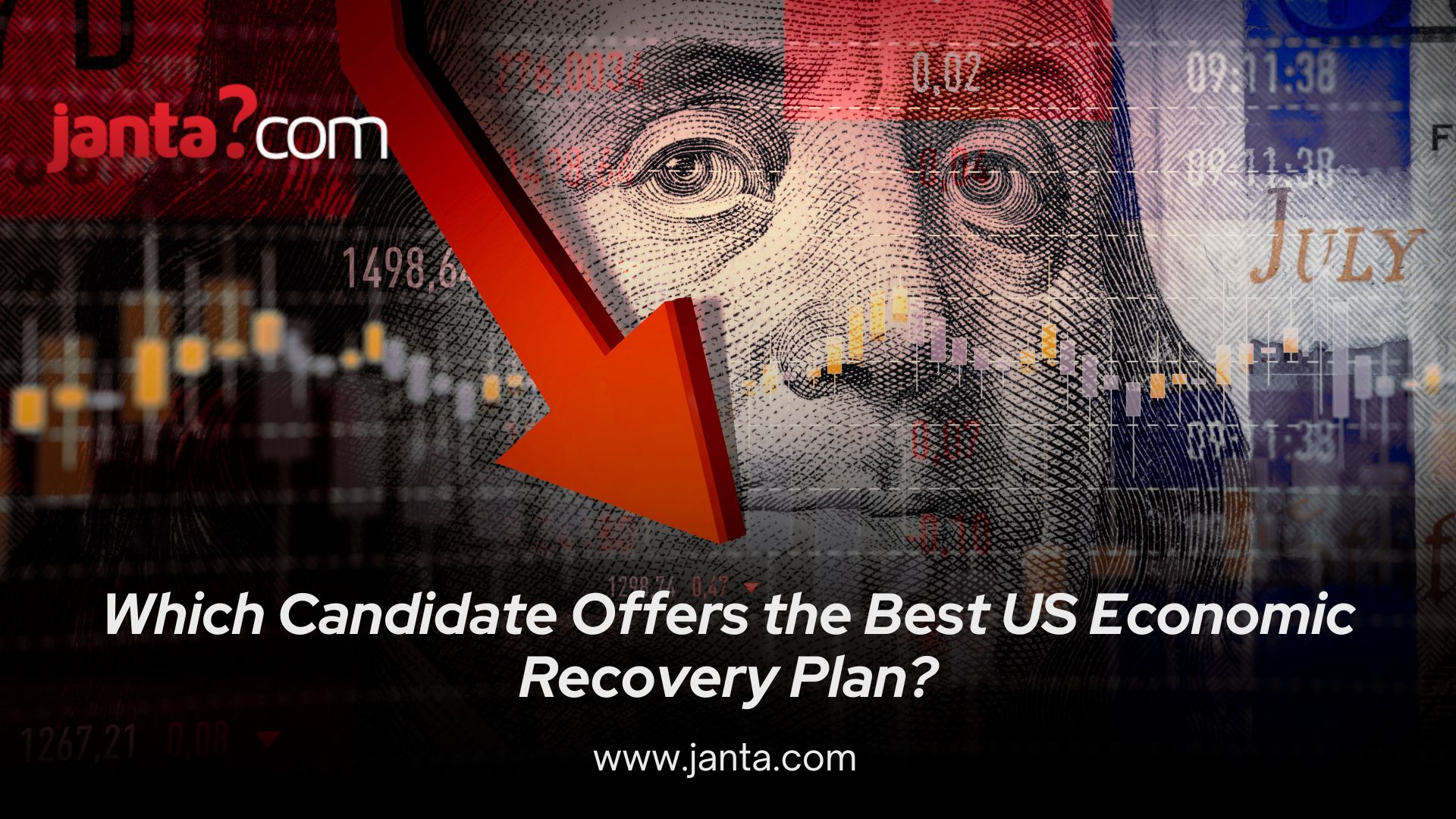As the 2024 presidential race intensifies, the economic recovery plans proposed by each candidate have become a focal point. Selecting the best plan is crucial for America’s future prosperity amidst ongoing economic challenges.
This article provides a detailed comparison of the economic recovery plans of Donald Trump and Kamala Harris, highlighting their strengths, weaknesses, and potential impacts on the US economy.
Understanding Economic Recovery Plans
An economic recovery plan is a strategic framework designed to stimulate economic growth and stability after a downturn. Key components include:
- Job Creation: Initiatives to generate employment, often through public works and business incentives.
- Fiscal Policy: Adjustments in government spending and taxation to stimulate economic activity.
- Infrastructure Investment: Funding for essential infrastructure construction and maintenance.
- Monetary Policy: Central bank actions to regulate money supply and interest rates.
- Social Welfare Programs: Enhancements to support systems like unemployment benefits and healthcare.

Our 2024 Presidential Candidates
After President Biden's withdrawal, the major candidates are Republican Donald Trump and Democrat Kamala Harris.
- Donald Trump is known for the Tax Cuts and Jobs Act of 2017, deregulation, and trade tariffs.
- Kamala Harris supports progressive taxation, increased government spending on social programs, and climate initiatives.
Candidate A: Donald Trump
Trump’s 2025 economic recovery plan emphasizes:
- Imposing a 10% tariff on all imports.
- Further tax cuts.
- Reducing federal regulations.
- Increasing investment in domestic energy production.
- Rolling back the Inflation Reduction Act, aiming to eliminate clean energy incentives.
Strengths of the Plan:
- Trade Protection: Aims to protect domestic industries from foreign competition.
- Tax Reductions: Potentially boosts consumer spending and business investments.
- Energy Independence: Focus on domestic energy could reduce reliance on foreign oil.
Criticisms and Weaknesses
- Inflation Risks: High tariffs could increase consumer prices, leading to inflation.
- Environmental Concerns: Rolling back clean energy initiatives could hinder climate goals.
- Debt Increase: Further tax cuts without corresponding spending cuts could increase national debt.
Impact Analysis: Trump's plan might boost certain domestic industries and short-term economic growth but could also lead to higher inflation and long-term fiscal challenges.
Candidate B: Kamala Harris
Harris’s plan focuses on:
- Addressing inflation.
- Significant investments in clean energy and infrastructure.
- Progressive taxation to fund public spending.
- Initiatives to promote job training and education.
Strengths of the Plan:
- Inclusive Growth: Aims to reduce economic inequality through social programs.
- Sustainable Development: Focus on green energy aligns with long-term climate goals.
- Job Creation: Infrastructure projects and clean energy investments could generate numerous jobs.
Criticisms and Weaknesses:
- High Costs: Large-scale public spending requires substantial funding.
- Tax Burden: Increased taxes on higher income brackets and corporations could face resistance.
- Implementation Challenges: Extensive reforms require strong political support and efficient execution.
Impact Analysis: Harris’s plan aims to foster long-term sustainable growth and reduce inequality but faces challenges in funding and political feasibility.
Comparative Analysis
- Job Creation: Harris emphasizes green jobs and infrastructure, while Trump focuses on deregulation and traditional energy sectors.
- Fiscal Policy: Trump proposes tax cuts; Harris suggests progressive taxation to fund public investments.
- Infrastructure: Both prioritize infrastructure, but Harris includes significant green energy components.

Effectiveness of Recovery Plans
- Short-term: Trump’s plan might stimulate immediate growth but risks inflation.
- Long-term: Harris’s plan could provide sustainable growth but requires substantial initial investment.
Feasibility and Realism
- Trump: Politically feasible within a Republican-majority context but faces economic risks.
- Harris: Ambitious and progressive, requiring broad political support and efficient execution.
Expert Opinions & Public Sentiment
Economists are divided. Some praise Trump’s pro-business stance, while others warn of inflation risks. Harris’s plan is lauded for its long-term vision but criticized for its high costs.
Public sentiment is mixed, with voters split on the perceived benefits and risks of each candidate’s plan. According to an ABC News/IPSOS poll, US adults favor Donald Trump over President Biden on the issue of inflation. However, with Biden stepping down, it remains to be seen whether sentiment will change for Kamala Harris.
In Summary
- Trump’s Plan: Offers immediate growth through tax cuts and deregulation but risks inflation and increased debt.
- Harris’s Plan: Focuses on sustainable growth and reducing inequality but faces high implementation costs.
Voters should consider how each plan aligns with their personal and professional lives and the broader economic implications. Your informed vote is crucial in shaping the nation’s economic future.
Stay informed about each candidate’s economic recovery plan and consider how their proposals might impact the future of the US economy. For more political content, follow Janta.
